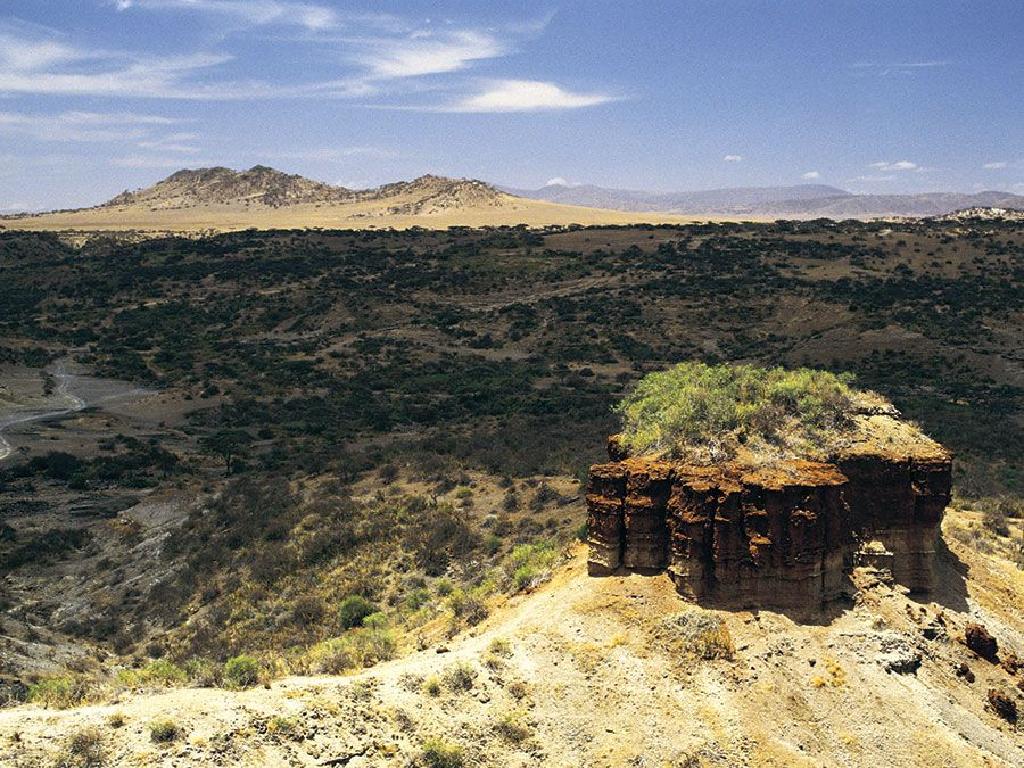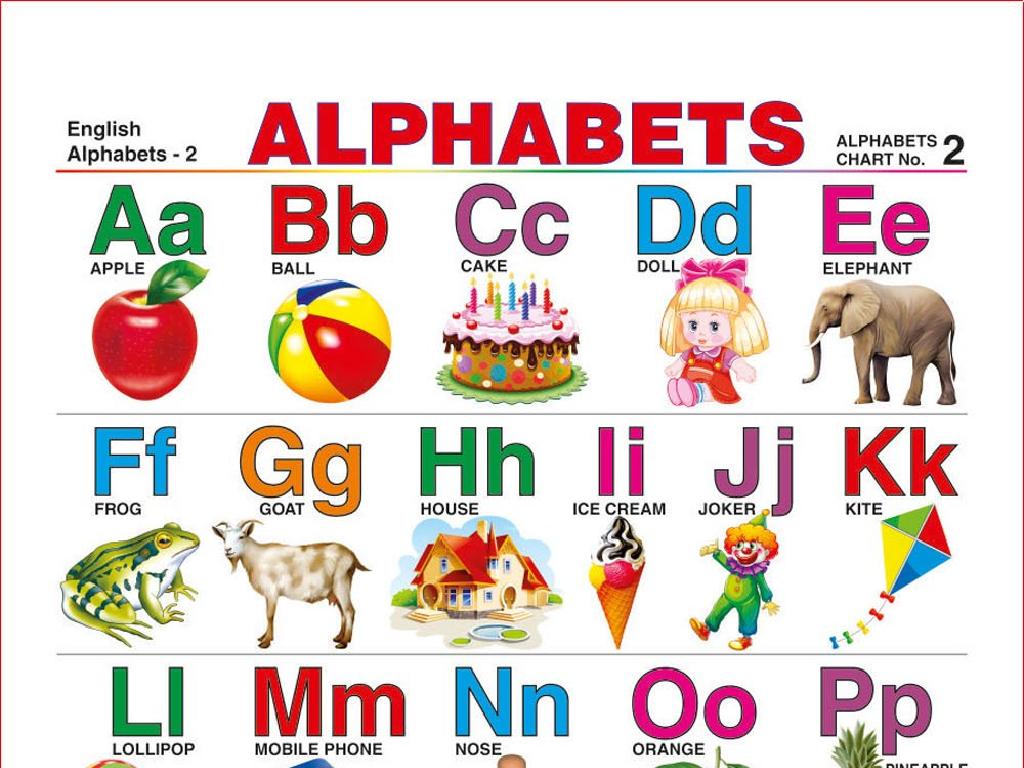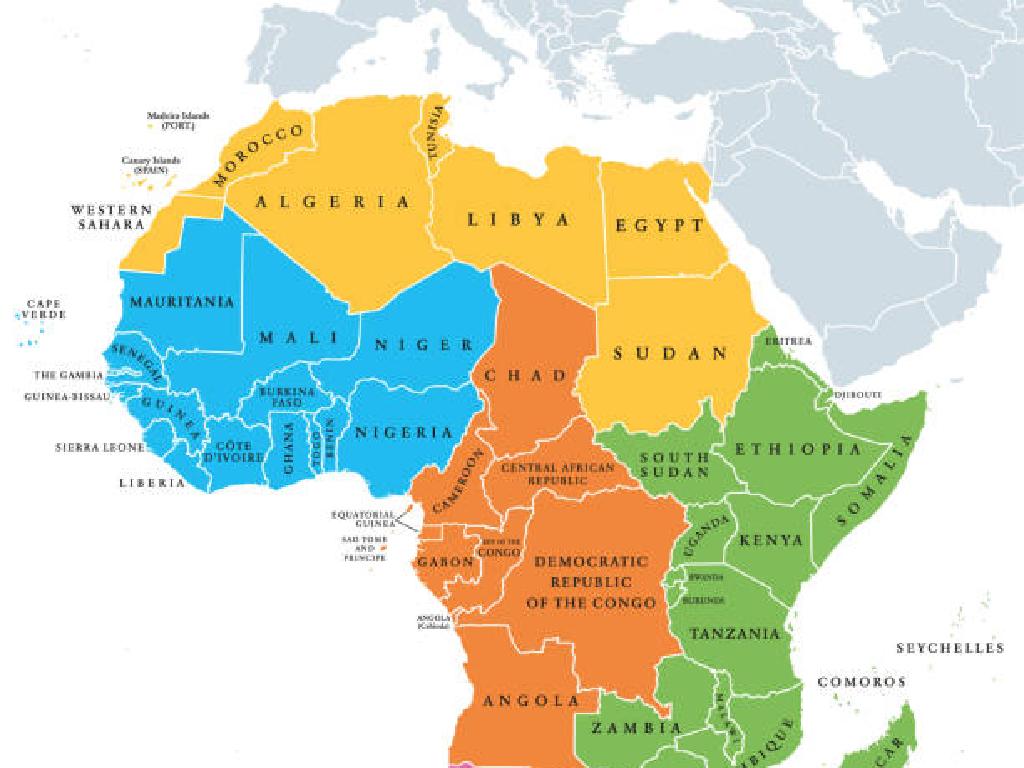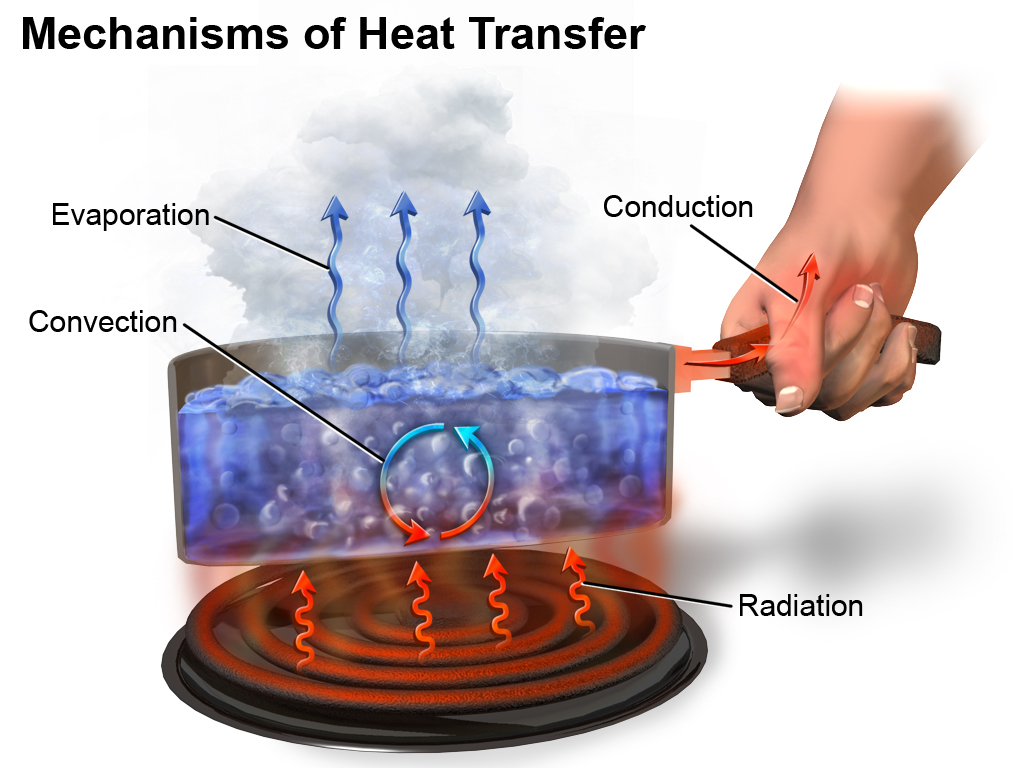Label Parts Of Rock Cycle Diagrams
Subject: Science
Grade: Seventh grade
Topic: Rocks
Please LOG IN to download the presentation. Access is available to registered users only.
View More Content
Welcome to the Rock Cycle!
– Explore the rock cycle
– The rock cycle shows how rocks change over time.
– Transformation of rock types
– Learn how sedimentary, igneous, and metamorphic rocks convert under Earth’s conditions.
– Significance of the rock cycle
– The rock cycle is crucial for understanding Earth’s geology and topography.
– Interactive rock cycle diagram
|
This slide introduces students to the concept of the rock cycle, a fundamental geological process that explains how rocks are formed, broken down, and reformed over time. It’s important to emphasize that the rock cycle is a continuous process that involves the transformation of rocks from one type to another through various geological activities such as melting, cooling, eroding, and compacting. Highlight the importance of the rock cycle in shaping Earth’s surface and creating the diverse geological features we see. Use an interactive diagram to engage students and help them visualize the process. Encourage them to think about how the rock cycle affects landscapes they are familiar with.
Types of Rocks and the Rock Cycle
– Igneous Rocks: Magma or lava cooling
– Formed from solidified molten rock material
– Sedimentary Rocks: Particles compacted
– Layers of sediment compressed over time
– Metamorphic Rocks: Heat and pressure
– Transformed by extreme conditions underground
– Rock Cycle Diagram: Labeling activity
|
This slide introduces students to the three main types of rocks and their formation processes, which are part of the rock cycle. Igneous rocks form when magma or lava cools and solidifies. Sedimentary rocks are created from the accumulation and compaction of various materials, including sand, shells, and pebbles. Metamorphic rocks result from existing rocks changing due to intense heat and pressure beneath the Earth’s surface. The slide will also set up a labeling activity where students will apply their knowledge to identify these rock types within the rock cycle diagram. Ensure that students understand the characteristics of each rock type and how they are interconnected through the rock cycle. Provide examples of each rock type and encourage students to bring in rock samples for discussion.
The Rock Cycle Explained
– Continuous transformation of rocks
– Each rock type can change
– Igneous to sedimentary to metamorphic and back
– Powered by Earth’s internal heat
– Heat from the Earth’s core causes changes
– External forces: weathering & erosion
– Wind, water, and temperature break down rocks
|
This slide introduces the concept of the rock cycle, a fundamental geological process. It’s a continuous cycle that describes how rocks are transformed from one type to another over time. Students should understand that igneous, sedimentary, and metamorphic rocks can all be changed into each other through various processes. The cycle is driven by the heat from the Earth’s core, which can cause rocks to melt or change structure. Additionally, external forces such as weathering (breaking down of rocks by wind and water) and erosion (movement of rock particles) play a significant role in shaping the rock cycle. Encourage students to think of the rock cycle as a ‘recycling’ process of the Earth’s materials. In the next class, we will delve deeper into each type of rock and the specific processes that contribute to their transformation.
Labeling the Rock Cycle Diagram
– Identify three main rock types
– Igneous, sedimentary, metamorphic
– Label rock-forming processes
– Such as weathering, erosion, deposition
– Understand rock transitions
– How one type can transform into another
– Diagram interaction explanation
|
This slide aims to help students identify and label the three main types of rocks: igneous, sedimentary, and metamorphic. They should also label key processes like weathering, erosion, and deposition that contribute to the formation of these rocks. Understanding the rock cycle involves recognizing how each rock type can transition into another under different conditions, which is crucial for grasping the dynamic nature of Earth’s geology. The diagram will serve as a visual aid to explain the interactions and processes in the rock cycle. Encourage students to discuss the conditions under which these transformations occur, such as heat, pressure, and time.
Rock Cycle Processes
– Melting and cooling of rocks
– Igneous rocks form from cooled lava or magma.
– Weathering, erosion, and sedimentation
– Sedimentary rocks form from layers of sediment compacted over time.
– Heat and pressure effects
– Metamorphic rocks are created from existing rock types altered by heat and pressure.
– Formation of different rock types
|
This slide aims to explain the processes involved in the rock cycle and how they lead to the formation of the three main rock types. Start by discussing how the melting of rock beneath the Earth’s surface and its subsequent cooling leads to the formation of igneous rocks. Then, explore how rocks exposed to weathering and erosion break down into sediment, which over time, becomes compacted and cemented to form sedimentary rocks. Finally, explain how existing rocks can be transformed into metamorphic rocks through extreme heat and pressure within the Earth. Emphasize the cyclical nature of these processes and how they contribute to the continuous formation and transformation of rocks on our planet.
Examples of Rock Types in Nature
– Igneous rocks from volcanoes
– Formed from cooled lava or magma, e.g., basalt from lava flows
– Sedimentary rocks along rivers
– Created from compacted sediment, e.g., sandstone from river deposits
– Metamorphic rocks in mountains
– Transformed by pressure and heat, e.g., slate from shale in mountainous regions
|
This slide aims to help students connect the types of rocks to real-world examples. Igneous rocks are formed from the solidification of molten rock material and can be seen in volcanic eruptions. Sedimentary rocks are typically found in environments like riverbanks, where sediment accumulates and lithifies over time. Metamorphic rocks are the result of existing rocks undergoing transformation due to intense heat and pressure, commonly found in mountain ranges. Encourage students to think about the processes that lead to the formation of these rocks and how the rock cycle illustrates the transformation of rock types.
Class Activity: Rock Cycle Labeling
– Receive your rock cycle diagram
– Label the rock cycle parts
Identify and label ‘sedimentary’, ‘metamorphic’, ‘igneous’ rocks and processes like ‘erosion’, ‘melting’, ‘cooling’.
– Class discussion and review
Share your labels with the class and learn together.
– Address and correct misconceptions
We’ll correct any errors and clarify doubts.
|
This activity is designed to reinforce students’ understanding of the rock cycle through a hands-on labeling exercise. Distribute blank diagrams of the rock cycle to each student and guide them through the process of labeling each part. As students work on their diagrams, walk around the classroom to offer help and answer questions. After labeling, lead a class discussion to review the diagrams together, allowing students to explain their understanding and reasoning. Use this opportunity to address and correct any misconceptions. For the teacher: Prepare a list of common misconceptions to watch out for, and have a completed diagram ready for reference. Consider pairing students for peer learning, and prepare additional activities for early finishers, such as creating a story about a rock’s journey through the cycle or researching real-life examples of each rock type.
Rock Cycle Recap & Importance
– Review of rock cycle key points
– Significance of rock types & processes
– Igneous, sedimentary, and metamorphic rocks each play a role in Earth’s crust.
– Encourage curiosity and questions
– Asking questions deepens understanding and clears confusion.
– Promote further exploration of geology
– Explore more about rocks in nature, museums, or additional resources.
|
As we conclude, revisit the main aspects of the rock cycle, emphasizing how igneous, sedimentary, and metamorphic rocks are formed and transformed. Highlight the importance of each rock type and the natural processes that contribute to the cycle, such as weathering, erosion, and plate tectonics. Encourage students to ask questions about any part of the rock cycle they find intriguing or unclear. This will help solidify their understanding and spark interest in further study. Suggest ways students can continue learning about geology, such as examining rocks in their local environment, visiting a museum, or researching online. The goal is to leave students with a comprehensive understanding of the rock cycle and an enthusiasm for the subject.
Interactive Quiz: Mastering the Rock Cycle
– Engage in a fun knowledge quiz
– Apply your rock cycle knowledge
– Pair up and tackle quiz questions
– Work together to solve problems and learn from each other.
– Discuss answers with your partner
– Share your thoughts on why you think an answer is correct.
|
This interactive quiz is designed to reinforce students’ understanding of the rock cycle in a collaborative and engaging way. By working in pairs, students can discuss their reasoning and learn from each other, promoting a deeper understanding of the material. The quiz should cover key aspects of the rock cycle, including the formation of igneous, sedimentary, and metamorphic rocks, as well as the processes that contribute to the cycle such as melting, cooling, erosion, and compaction. Teachers should prepare a variety of questions that require students to label diagrams, explain processes, and apply their knowledge in hypothetical scenarios. After the quiz, facilitate a class discussion to address any misconceptions and to highlight important learning points.






